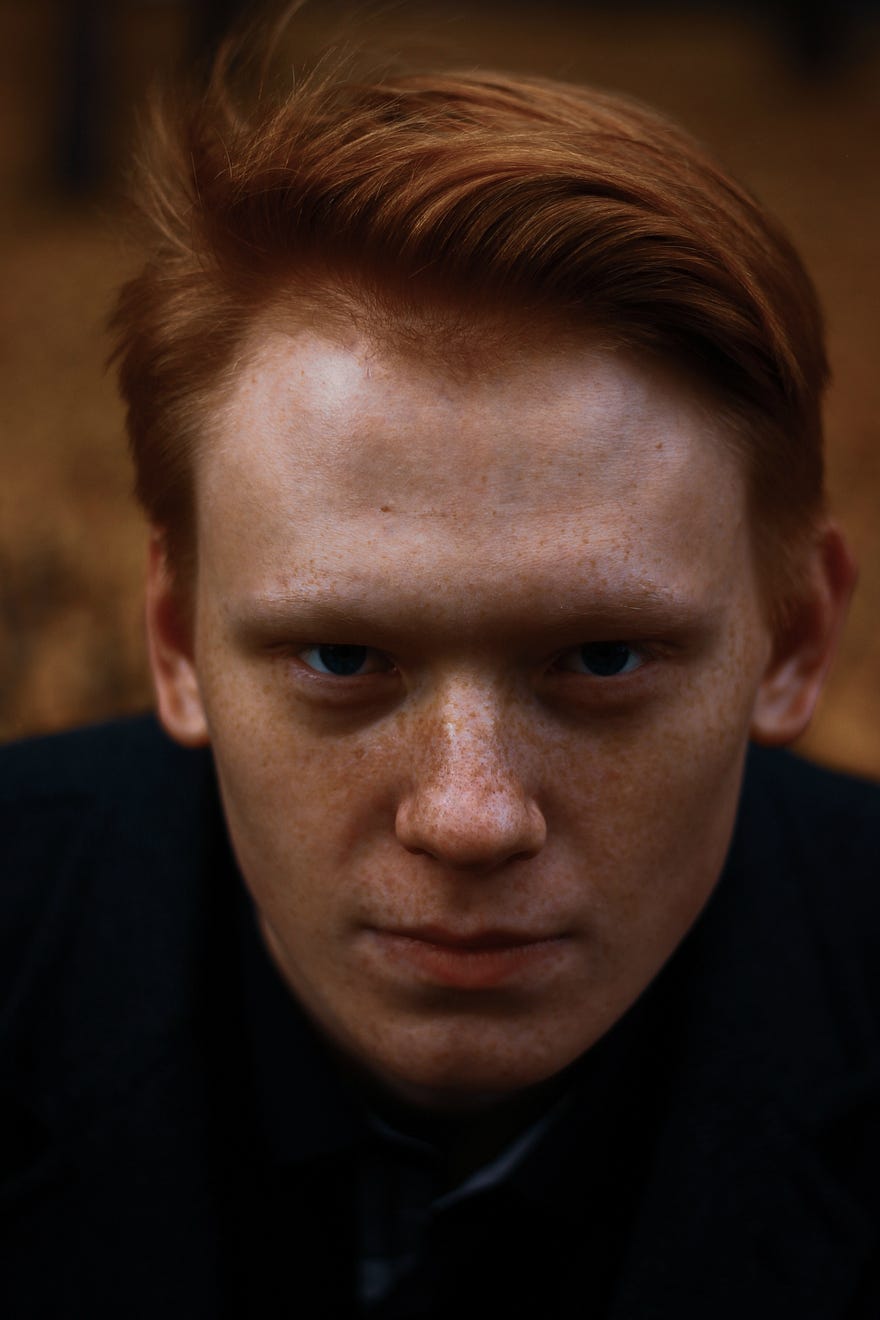What makes an aggressive face?
Photo by Chris Chow on Unsplash
Physiognomy can be defined as the art of assessing the character of an individual using their facial structure.
‘Physiognomy is often a great falsifier, though as a rule it is honest enough.’ - Joaquin Miller
It has been labelled as nothing more than pseudoscience, but in my opinion, there are some underlying truths to it and is deeply rooted in human society. It is also one of the most important aspects when casting someone for a movie role or a modelling job.
So what makes some faces appear aggressive and others appear weak? And how is it linked to physiognomy you may be asking yourself.
The answer is rather simple, it is the facial width to height ratio (fwhr). Facial proportions can be the decisive factor when choosing friend or foe.
A higher facial width to height ratio (fwhr) is linked to higher levels of testosterone in both genders. However it is a trait more commonly found in males, thus making it a sexually dimorphic trait.
Humans exhibit lower levels of sexual dimorphism in comparison to certain species of animals but there are still a plethora of differences between the human genders.

The picture above showcases the drastic differences between male (top) and female (bottom) mandarin ducks.
The role of the facial width to height ratio (fwhr)in determining aggressiveness will be discussed later but first, lets see what low and high fwhr look like and how to calculate it.

The man on the right has an above average fwhr while the man on the left has a lower than average fwhr.
The facial width to height ratio (fwhr) can be found by a 3 step process:
- Measure the distance between the right and left zygions better known as the cheekbones.
- Measure the distance between the nasion more commonly referred to as the midbrow and the prosthion which is the top of the upper lip.
- To calculate the fwhr, take the first measurement and divide it by the second measurement. The value obtained is the facial width to height ratio (fwhr).

In the image above, the man has a higher than average facial width to height ratio of about 1.9.
Men with higher facial width to height ratio were described to be more aggressive, dominant, more successful in physical altercations and more fearless than men with lower fwhr.
Because of this, individuals with higher facial width to height ratio are more likely to be rejected by society but surprisingly, it has been shown in various studies to be positively linked to success and goal attainment.
This field still has a lot of room to grow and I am quite fascinated to see where future research will lead us.
The human face is, after all, nothing more nor less than a mask. - Agatha Christie


Comments
Post a Comment